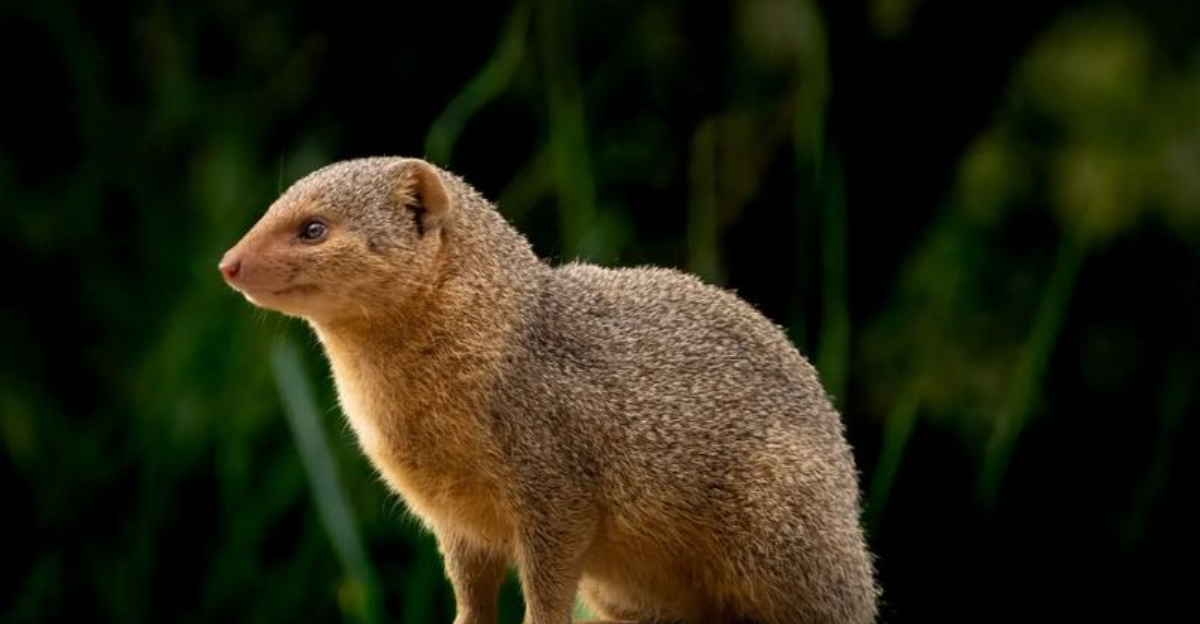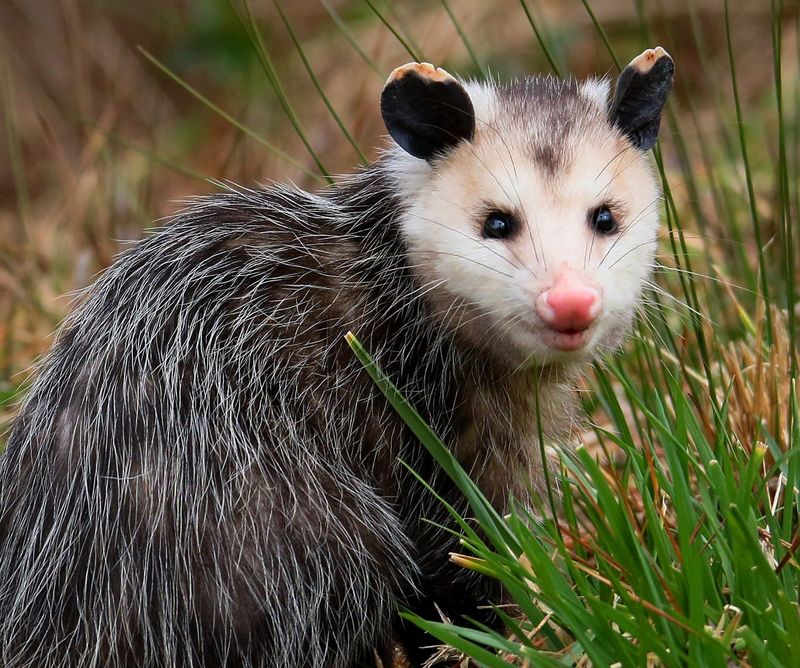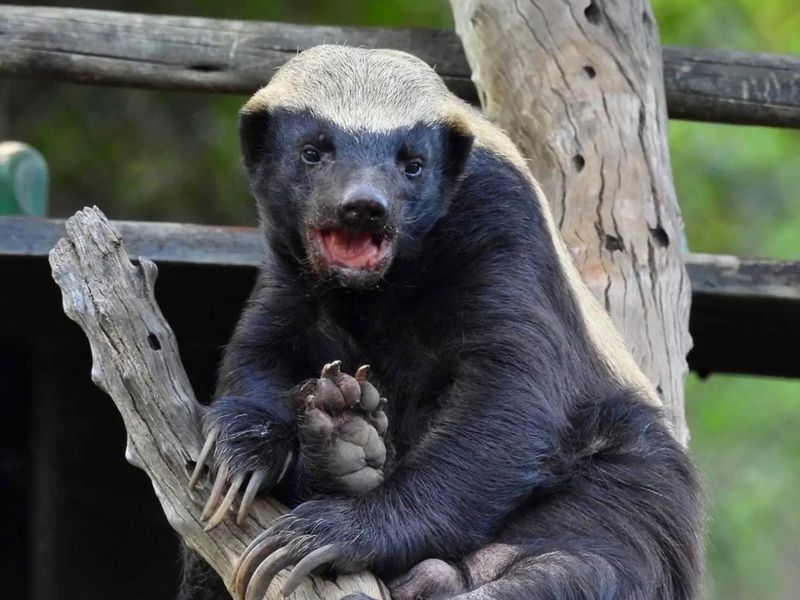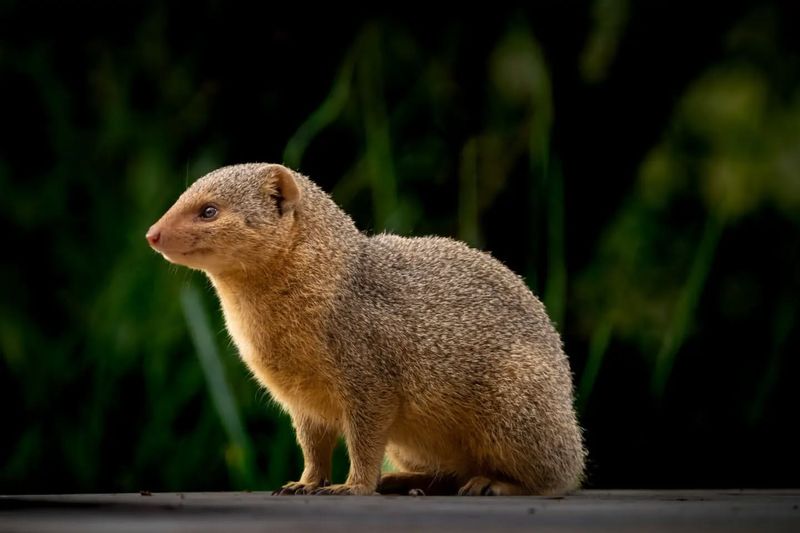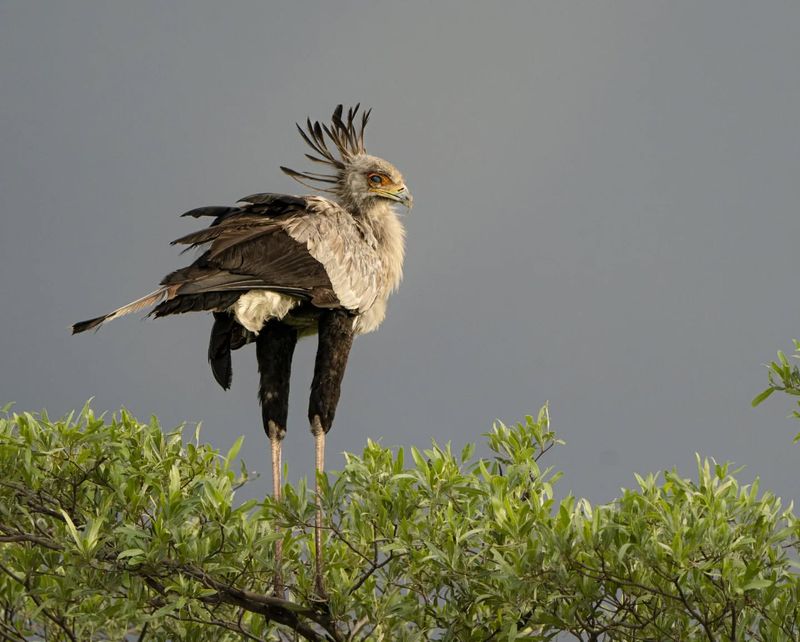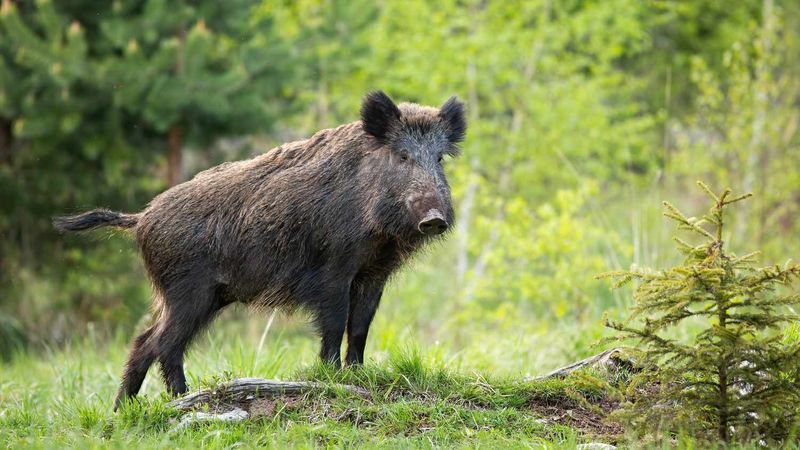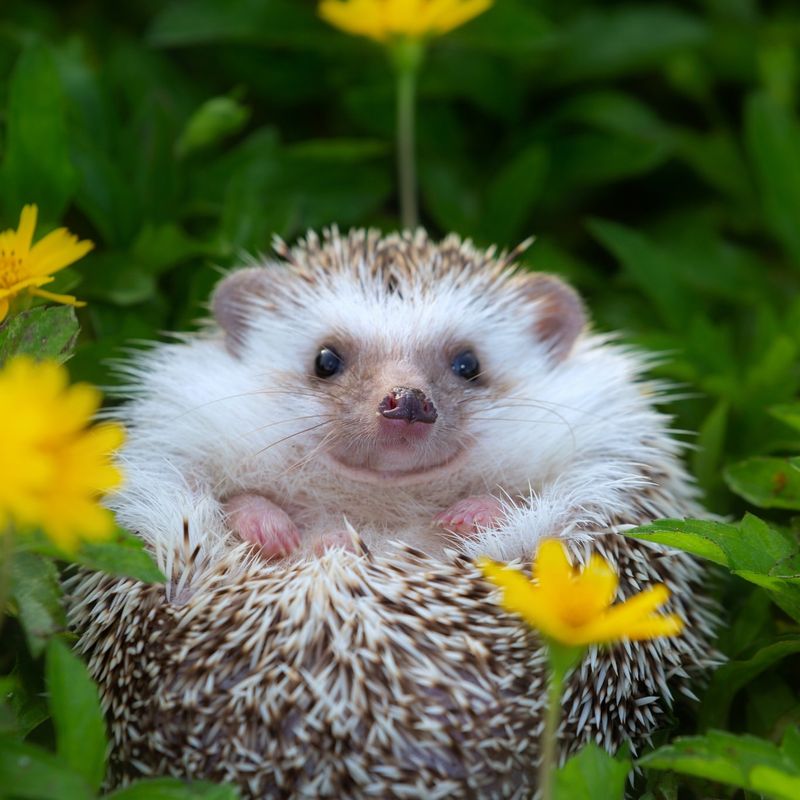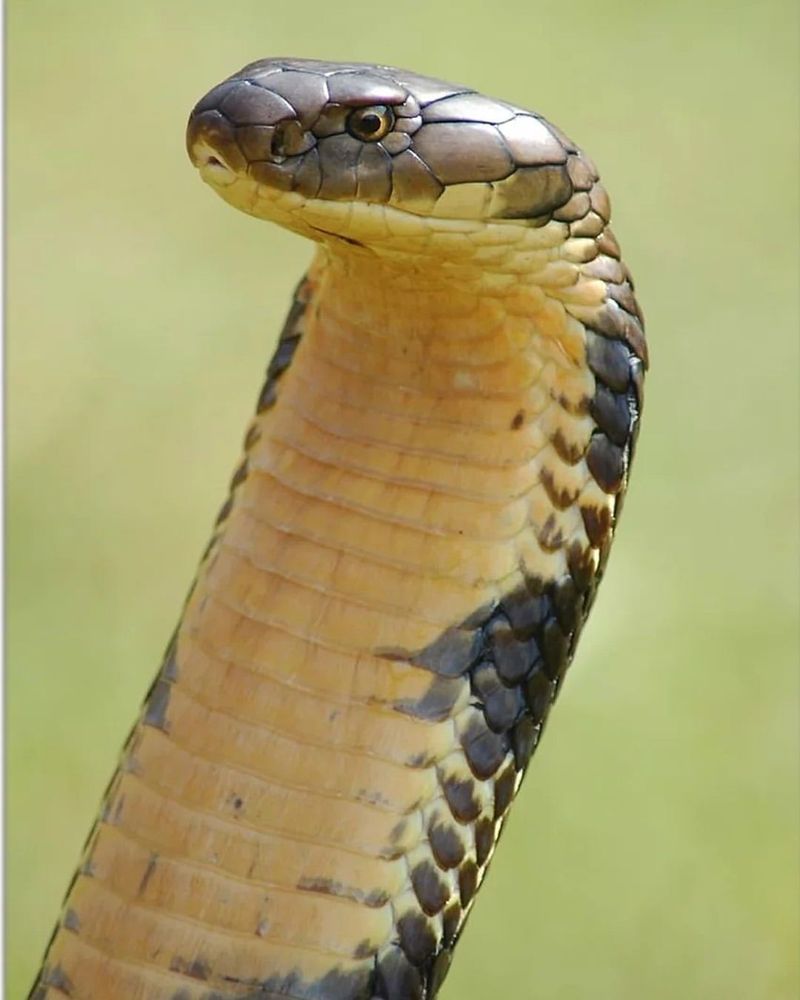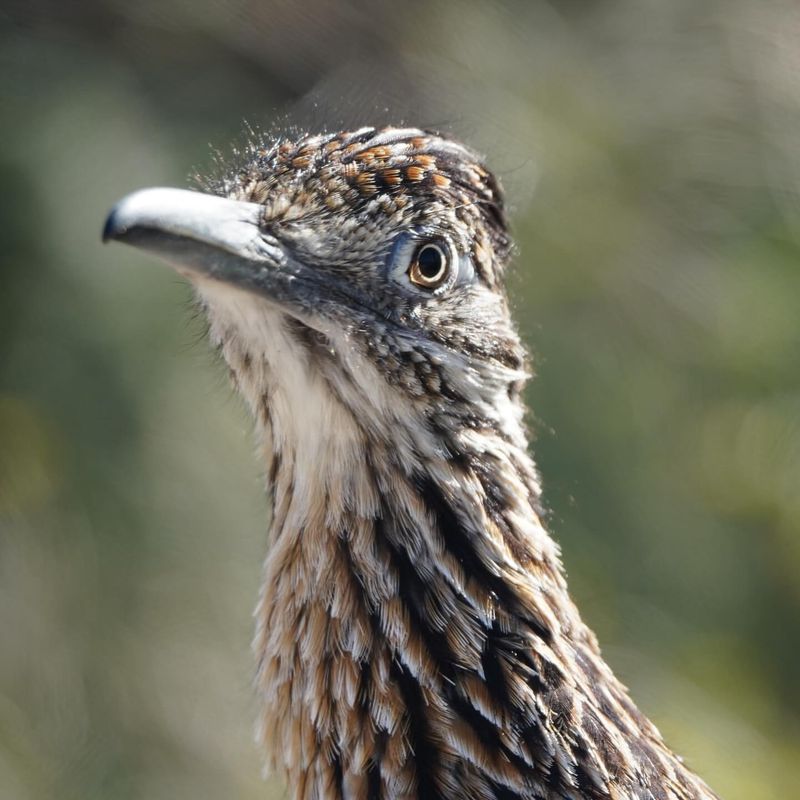📖 Table of Content:
Rattlesnakes are feared for their deadly venom, capable of taking down unsuspecting prey with a single bite. Yet, in the wild, certain animals have developed extraordinary defenses that render them immune to this venomous threat. These adaptations not only ensure survival but allow these creatures to flourish in environments shared with rattlesnakes.
From small mammals to reptiles, the diversity of animals resistant to rattlesnake venom highlights the power of evolution. Some possess specialized proteins that neutralize toxins, while others rely on rapid reflexes and thick skin. Each example sheds light on nature’s incredible ability to counter even the most dangerous predators.
Let’s uncover the unique traits that protect animals from rattlesnake venom! Learn about the surprising resilience of these creatures and the evolutionary marvels that keep them safe. Nature’s ingenuity is on full display through these remarkable survival stories.
1. Opossum
Opossums are a surprising example of nature’s resilience. These creatures possess a natural immunity to rattlesnake venom, thanks to a special protein in their blood.
This protein neutralizes the toxins, rendering the venom ineffective. Found primarily in North America, opossums use their immunity to adapt to diverse environments.
Beyond their resistance, opossums play a crucial role in controlling tick populations, which is beneficial for reducing Lyme disease risks. Their nocturnal lifestyle and adaptability make them a unique and essential part of the ecosystem. Opossums truly showcase the wonders of nature’s defenses.
2. Honey Badger
Famous for its toughness and fearless nature, the honey badger thrives in Africa with an incredible ability to withstand venomous bites. Its natural resistance to snake venom only adds to its reputation as one of the animal kingdom’s most resilient creatures.
Their thick skin and aggressive nature make them formidable opponents. When bitten, they can sleep off the effects, waking up unaffected.
This adaptation allows them to hunt venomous snakes without fear. Honey badgers are also known for raiding beehives, another testament to their fearless and robust nature. Their resilience is a testament to evolutionary success.
3. Mongoose
Agile and quick, mongooses are natural-born snake fighters, thriving across Africa and Asia. Their remarkable resistance to venom makes them formidable opponents in the wild.
This resistance comes from specialized acetylcholine receptors, which prevent the venom from binding effectively. Their speed and agility further enhance their snake-fighting prowess.
Mongooses are known for their daring attacks on cobras, often emerging victorious. Their family-oriented behavior and complex social structures add to their charm. These creatures balance fearlessness with intelligence, making them remarkable survivors in the wild.
4. Secretary Bird
Famed for its snake-hunting prowess, the secretary bird stands tall on the African plains, using long legs and sharp talons to strike with precision. This unique raptor blends grace and power in every swift movement.
Although not immune, its hunting technique minimizes venom risk. Their keen eyesight and powerful kicks make them effective snake predators.
Secretary birds are a symbol of patience and precision. Their ability to tackle venomous snakes is not just a survival skill but a spectacle of nature’s adaptability. These birds embody grace and strength, thriving in the unforgiving savanna.
5. Wild Boar
Robust and resilient, wild boars roam across Europe and Asia, armed with thick skin and a surprisingly strong resistance to snake venom. Their evolved immune systems make them tough survivors in the wild.
This resistance is thought to be due to their diet and habitat, which exposes them to various toxins. Their strong social bonds and adaptable nature make them resilient.
Wild boars often forage in snake-prone areas, yet they remain largely unaffected by bites. These animals exemplify strength and endurance, thriving in challenging environments. Their presence is vital for maintaining ecological balance in their habitats.
6. Hedgehog
Small but well-defended, hedgehogs rely on their spines and venom-resistant blood to ward off danger. Found across Europe, Africa, and Asia, these resilient creatures have evolved remarkable defenses against snake venom.
When threatened, they curl up, using their spines as a deterrent. Although not completely immune, their blood can neutralize certain toxins.
This adaptation makes them less vulnerable to snake attacks. Hedgehogs are solitary creatures, often seen foraging alone at night. Their ability to withstand venom is a testament to their evolutionary path, showcasing the diversity of defense mechanisms in nature.
7. King Cobra
A formidable predator of the forests in India and Southeast Asia, the king cobra not only preys on smaller snakes but also boasts resistance to their venom. Its dominance in the wild is reinforced by both its size and this unique adaptation.
This resistance allows them to dominate their territory and consume venomous prey without harm. Their intelligence and hunting skills are unmatched in the snake world.
King cobras exhibit a fascinating blend of power and grace, often avoiding conflict unless provoked. Their presence is crucial for controlling snake populations, making them an essential part of their ecosystem. Their resilience is both feared and admired.
8. Roadrunner
Roadrunners are iconic creatures of the American deserts, known for their speed and cunning. These birds have a partial resistance to snake venom, allowing them to hunt and eat small rattlesnakes.
Their quick reflexes and sharp beaks make them adept hunters. Roadrunners symbolize adaptability and resilience, thriving in harsh desert climates.
Their diet includes insects, fruits, and small reptiles, contributing to their ecological role. Roadrunners are often celebrated in folklore, representing resourcefulness and survival. Their ability to face venomous threats head-on is a testament to their remarkable evolutionary journey.
